Hitting the open road with your furry friend can be an exhilarating adventure. Yet, travelling with a dog in the car requires careful preparation to ensure a pleasant and safe experience for both you and your pet. Whether you're planning short trips or a cross-country road trip, understanding how to keep your dog comfortable and happy during the ride is crucial.
In this blog post, we'll explore ten practical tips for a seamless car ride with your dog, aimed at pet owners, dog lovers, and travel enthusiasts. From ensuring safety with dog seat belts to keeping your canine cool on warm days, these insights will help make your next road trip with your best friend a joy instead of a chore.
Without further ado, here are 10 tips for traveling in a car with a dog:
Safety First with Dog Seat Belts and Harnesses

Ensuring your dog's safety during car travel is paramount. Many dogs enjoy the thrill of a moving vehicle, but it's essential to keep them suitably restrained. Dog seat belts and harnesses are designed to keep your pet safe and secure.
Unlike the traditional seat belt, a dog harness attaches to your car's seat belt, providing a comfortable yet firm restraint. This way, in case of abrupt stops or accidents, your dog remains protected.
A dog's age and size can influence the type of car harness you choose. For older dogs, a padded harness might offer extra comfort. Many pet owners find that placing their dog in the back seat is safer, reducing distractions and ensuring the airbag doesn't pose a risk.
However, if your furry friend prefers the front seat, ensure they're secured properly with a dog seat belt. This setup not only safeguards your pet but also promotes better driving habits, as a loose dog can become a hazardous distraction.
Combatting Car Sickness and Motion Sickness
Just like humans, dogs can suffer from car sickness, especially during long trips. Motion sickness in dogs often manifests as drooling, whining, or even vomiting. A trip to the vet can help rule out any underlying health issues and provide solutions for managing nausea.
Most dogs feel more at ease when their vision is blocked from the outside—try using window shades to minimise visual stimuli during the ride.
Introduce your pet to a shorter car journey or two before embarking on a long road trip. This gradual exposure helps them acclimatise to the car's motion, potentially reducing car sickness. Also, consider feeding your dog a light meal a few hours before the trip to prevent an upset stomach. Keeping fresh air circulating in the car by cracking a window can also alleviate symptoms of motion sickness.
Plan Rest Stops for a Happy Dog

Planning regular rest stops is essential to keep your dog comfortable during a road trip. Long car journeys can be taxing for your furry friend, especially if they're confined to one spot. Rest stops allow your dog to stretch, relieve itself, and get some much-needed exercise. Experts recommend stopping every two to three hours for a quick walk and bathroom break.
While on the road, pack essentials like waste bags and a portable water bowl to keep your pet happy and hydrated. Rest stops also provide an opportunity to check your dog's ID tag and ensure it's securely fastened—just in case your four-legged friend gets curious and wanders off.
Additionally, taking breaks gives you a chance to assess how your dog is coping and make any necessary adjustments to their setup in the car.
Maintain Comfort with a Cosy Dog Bed
Creating a comfortable space for your dog in the car is crucial for a stress-free road trip. A familiar dog bed provides a sense of security and familiarity, especially for anxious dogs. Place the dog bed in the back seat or cargo area, away from direct sunlight, to prevent overheating on warm days.
Using veterinary bedding, which is designed to be absorbent and comfortable, can also help keep your dog dry and cosy. If possible, add a toy or blanket with your scent to reassure your pet. Remember, a relaxed dog is a happy traveller, so do your best to replicate the comfort of home while on the go.
Keep Cool with Proper Ventilation

Keeping your dog cool during car travel is vital, particularly on hot weather days. Dogs can quickly overheat, leading to dangerous conditions like heat stroke. Always ensure your car is well-ventilated, and consider using open windows to provide fresh air. However, be cautious with open windows; a curious dog might try to stick its head out, posing a risk.
Window shades can block direct sunlight, keeping the back car seats cooler and more comfortable. On especially warm days, take breaks in shaded areas, and keep a stash of chilled water for your pet. By maintaining a cool environment, you're ensuring your dog's comfort and preventing heat-related issues.
Feeding Your Dog's Usual Food
While it may be tempting to indulge your dog with treats during the trip, sticking to their usual food is best to avoid digestive issues. Abrupt changes in diet can lead to an upset stomach, making the car ride uncomfortable for both of you. Pack enough of your dog's usual food for the entire trip, plus a little extra just in case.
Feeding your dog a few hours before the car ride can help prevent car sickness, as an empty stomach may lead to nausea. If your road trip includes overnight stays, make sure you have a convenient way to store and transport dog food, such as resealable containers.
Safeguard Your Dog with an ID Tag and Microchip

No matter how careful you are, accidents happen. Ensuring your dog has an ID tag with your phone number and address is crucial for quick recovery if they get lost. Microchipping your dog adds an extra layer of security, increasing the chances of being reunited with your pet if they wander off during a stop.
Before embarking on a long road trip, double-check that your dog's identification is up to date. This simple step can save you a lot of stress and heartache, ensuring both you and your furry friend enjoy a worry-free trip.
Prepare an Emergency Kit for Your Dog
Traveling with your dog means being prepared for any situation. An emergency kit should include essentials like a first-aid kit, any necessary medications, and a few days' worth of food and water. Include your vet's contact information and a list of veterinary clinics along your route to quickly access medical care if needed.
Pack extra waste bags, a leash, and a towel for unexpected messes. It's also wise to have a few familiar toys or blankets to soothe your pet if they become stressed during the trip. By preparing for the unexpected, you're ensuring a smooth and enjoyable experience for both you and your dog.
Engage Your Dog with Toys and Activities

Keep your dog entertained and engaged during long car journeys by bringing along their favourite toys and activities. Puzzle toys, chew bones, and interactive games can help pass the time and reduce anxiety. Rotate toys every hour or so to maintain your dog's interest and prevent boredom.
If your dog enjoys music, consider playing calming tunes to create a soothing atmosphere. Many dogs find comfort in familiar sounds, making the car ride more enjoyable. Engaging your dog with activities not only keeps them happy but also strengthens the bond between you and your canine companion.
Check Traffic and Weather Conditions
Before setting out on your road trip, double-check traffic and weather conditions along your route. Avoiding traffic jams and severe weather can prevent unnecessary stress for both you and your dog. Plan alternative routes in case of unexpected delays, ensuring your trip remains smooth and enjoyable.
On warm days, try to travel during cooler hours, such as early morning or late evening, to prevent your dog from overheating. Keeping an eye on the forecast allows you to plan rest stops accordingly and ensure your dog remains comfortable throughout the trip.
Conclusion
Traveling with your dog can be a rewarding and enjoyable experience, but it requires careful planning and consideration to ensure your pet's safety and comfort. By following these ten tips, you'll create a positive travel experience for both you and your furry friend. From ensuring safety with dog seat belts and harnesses to preparing an emergency kit, each step plays a vital role in a successful road trip.
Remember, the key to a happy dog and a stress-free trip lies in preparation and understanding your pet's needs. With these insights, you'll be ready to hit the road and create lasting memories with your beloved canine companion. Safe travels!

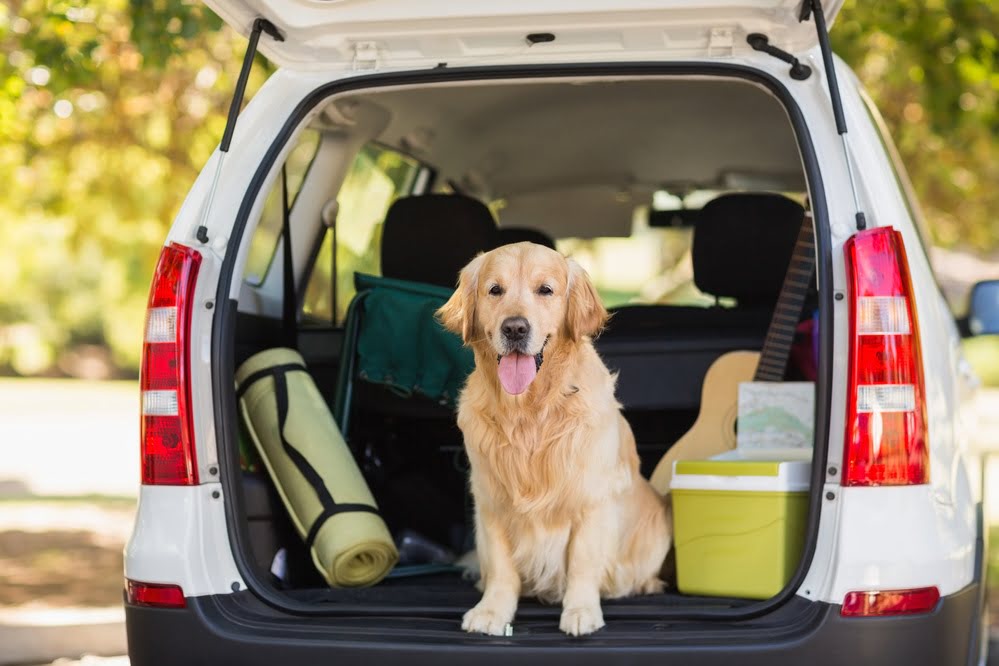

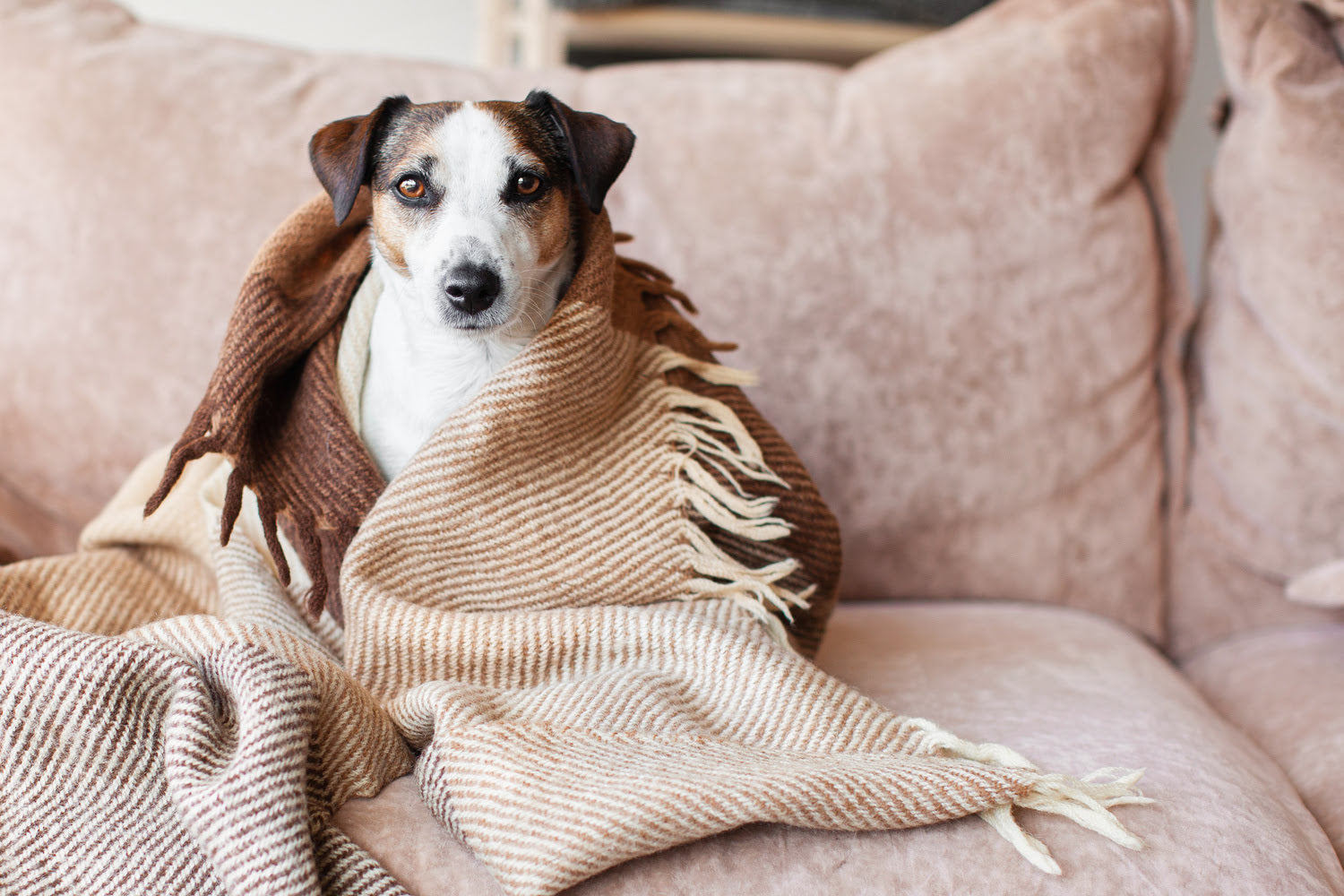
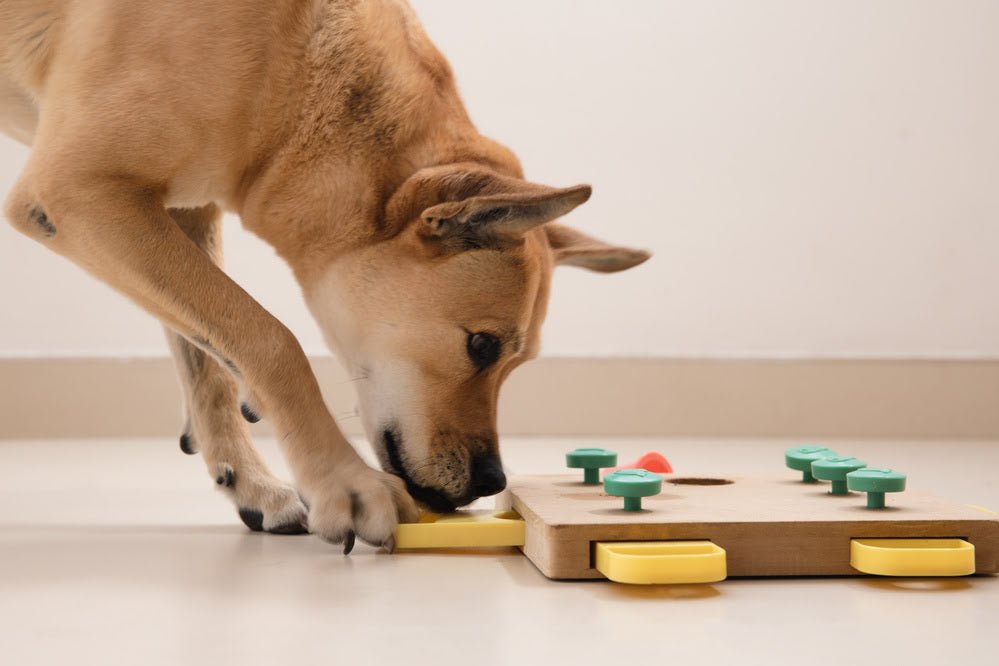

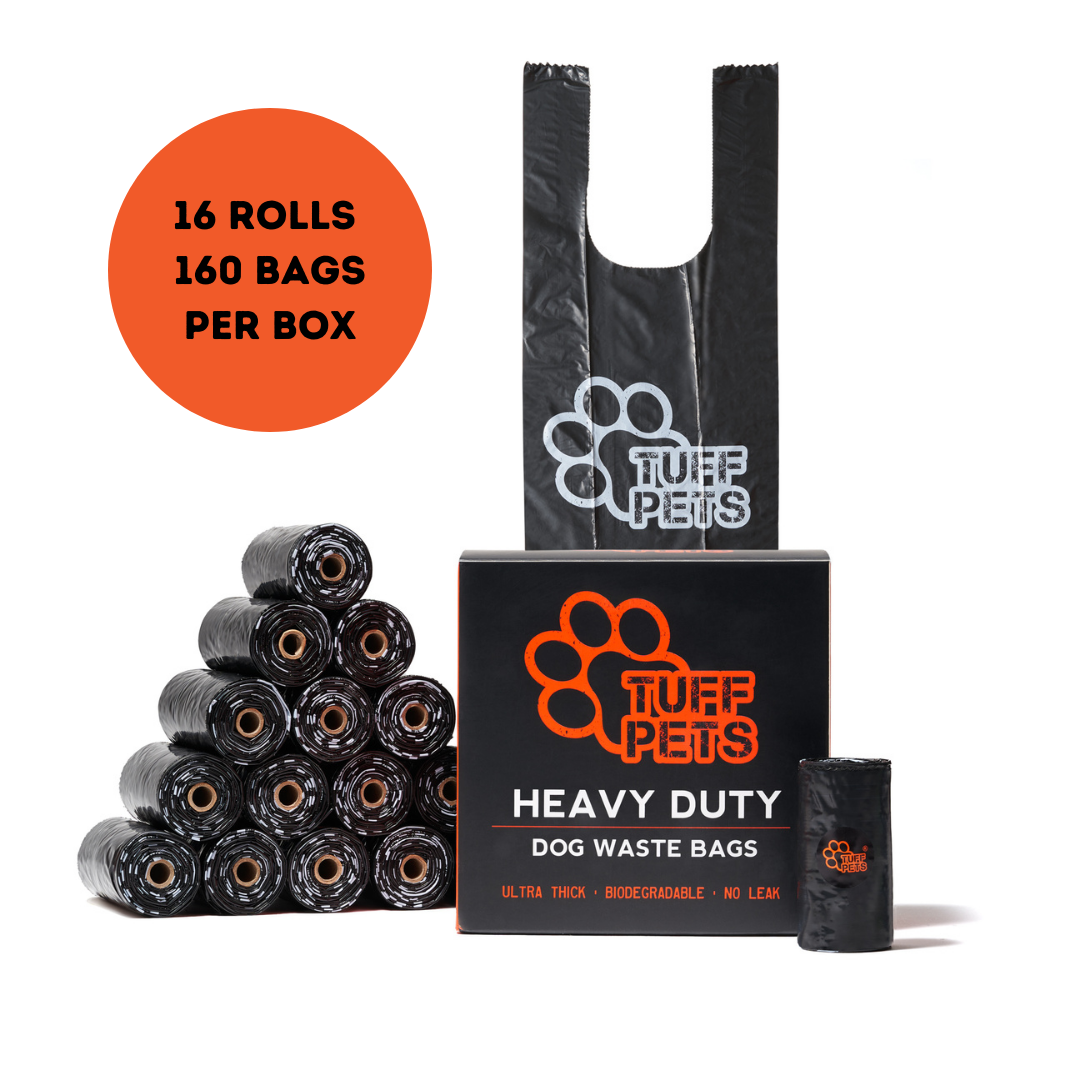
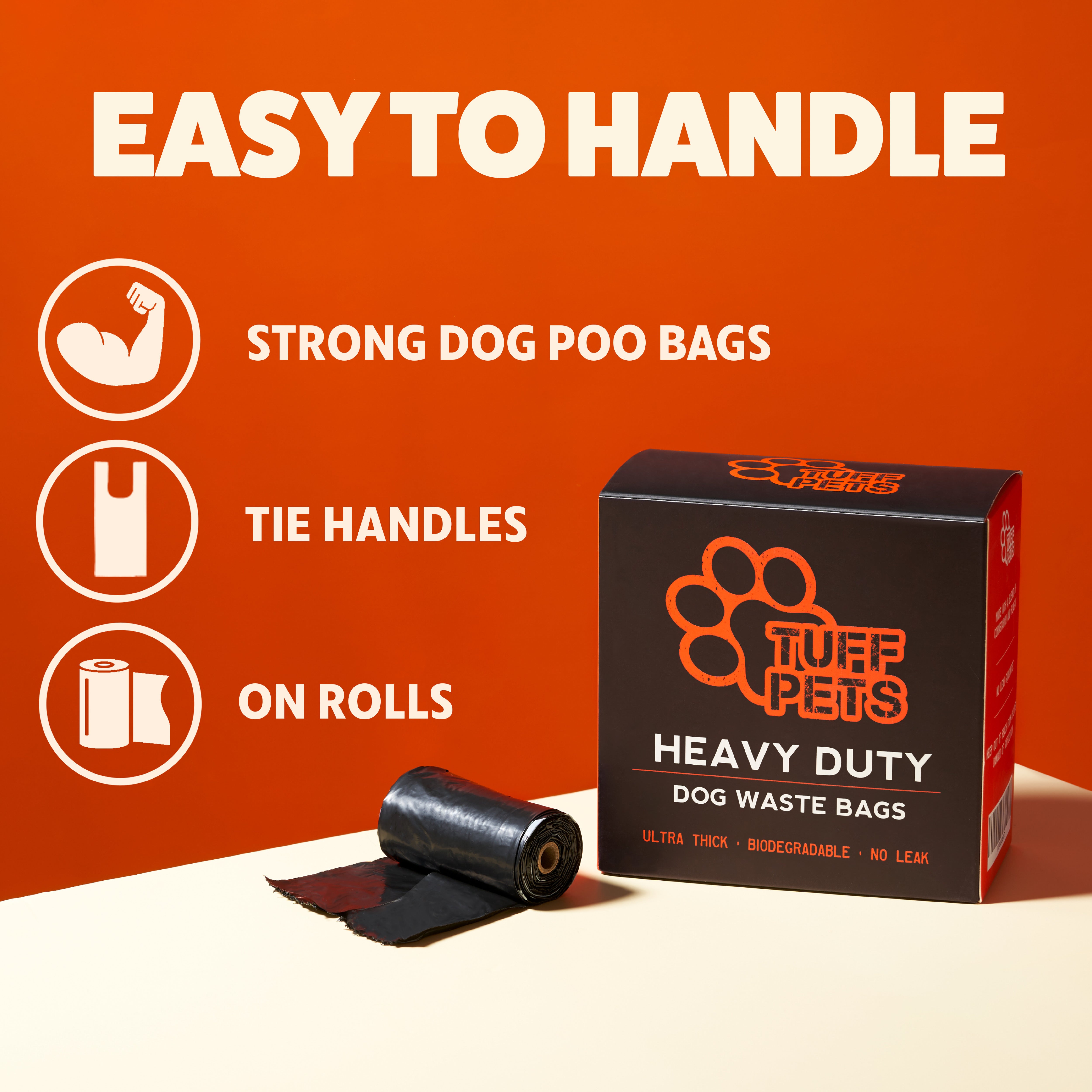
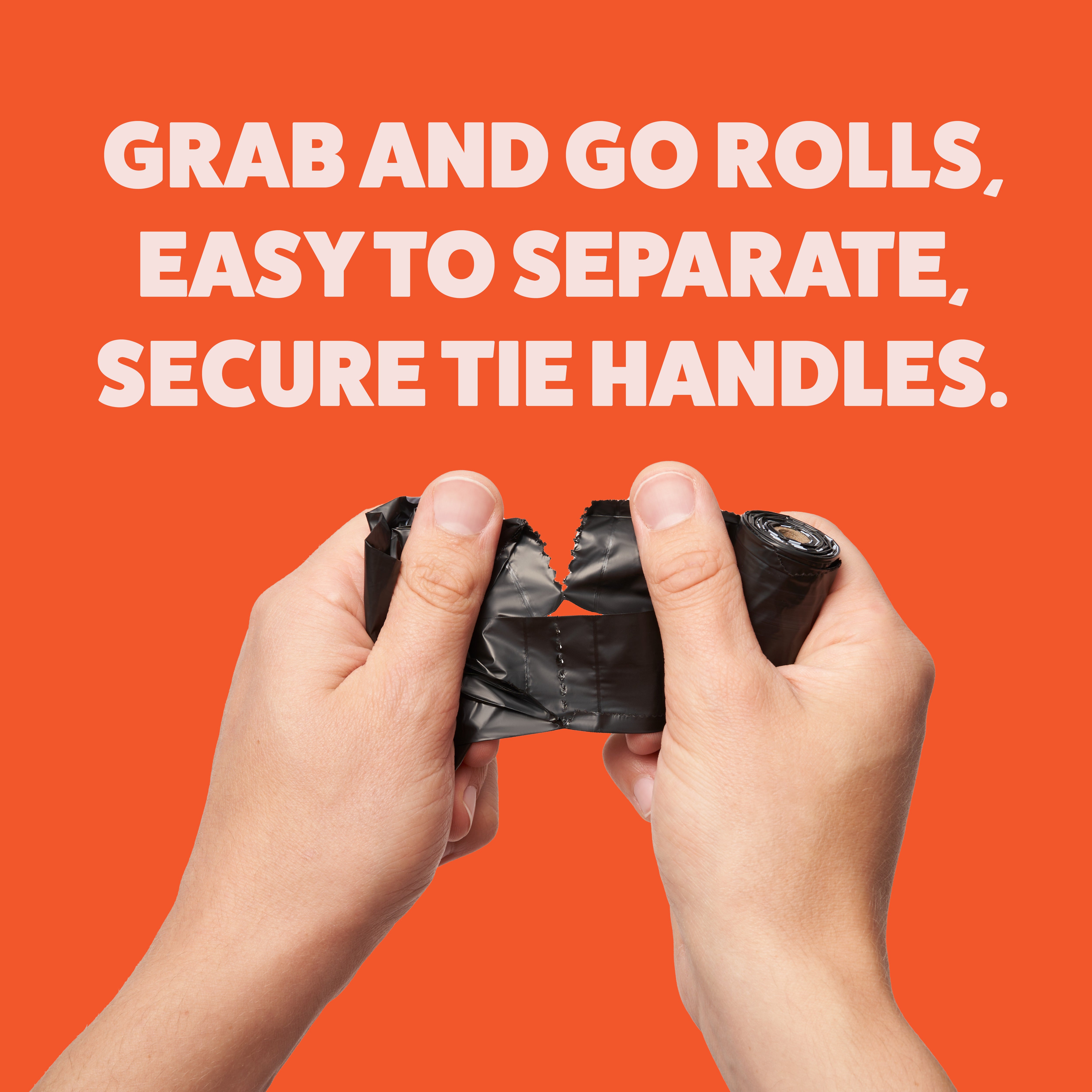
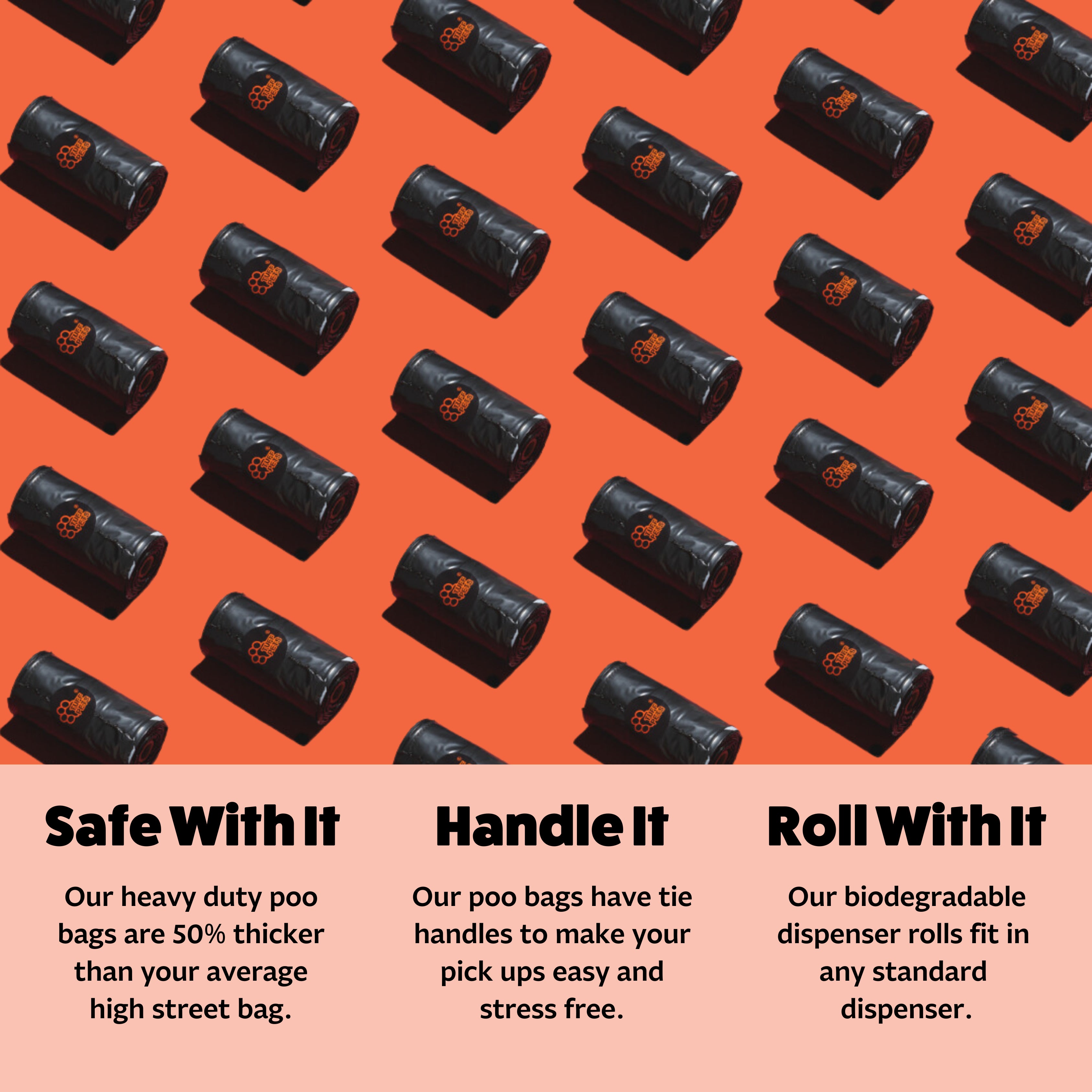
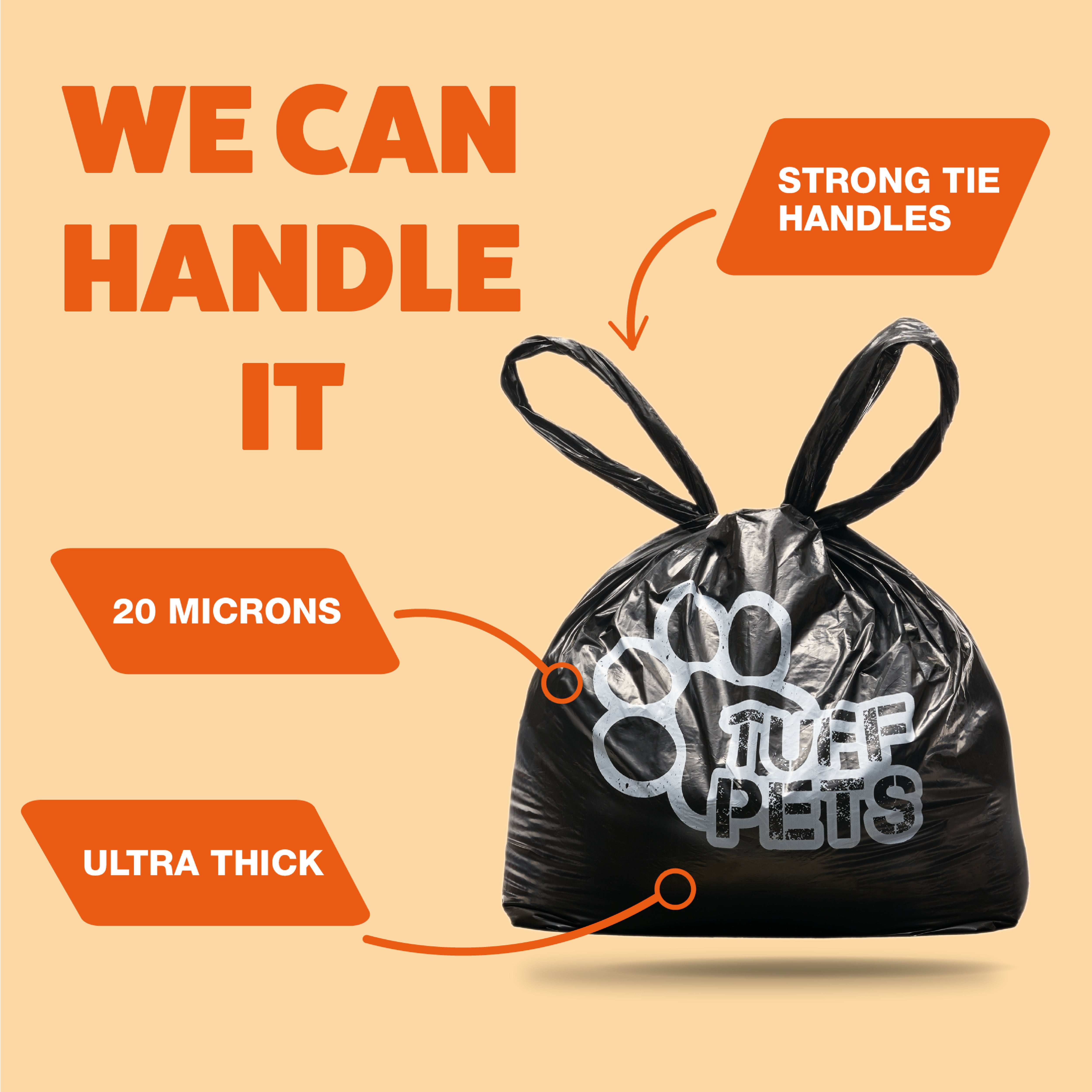
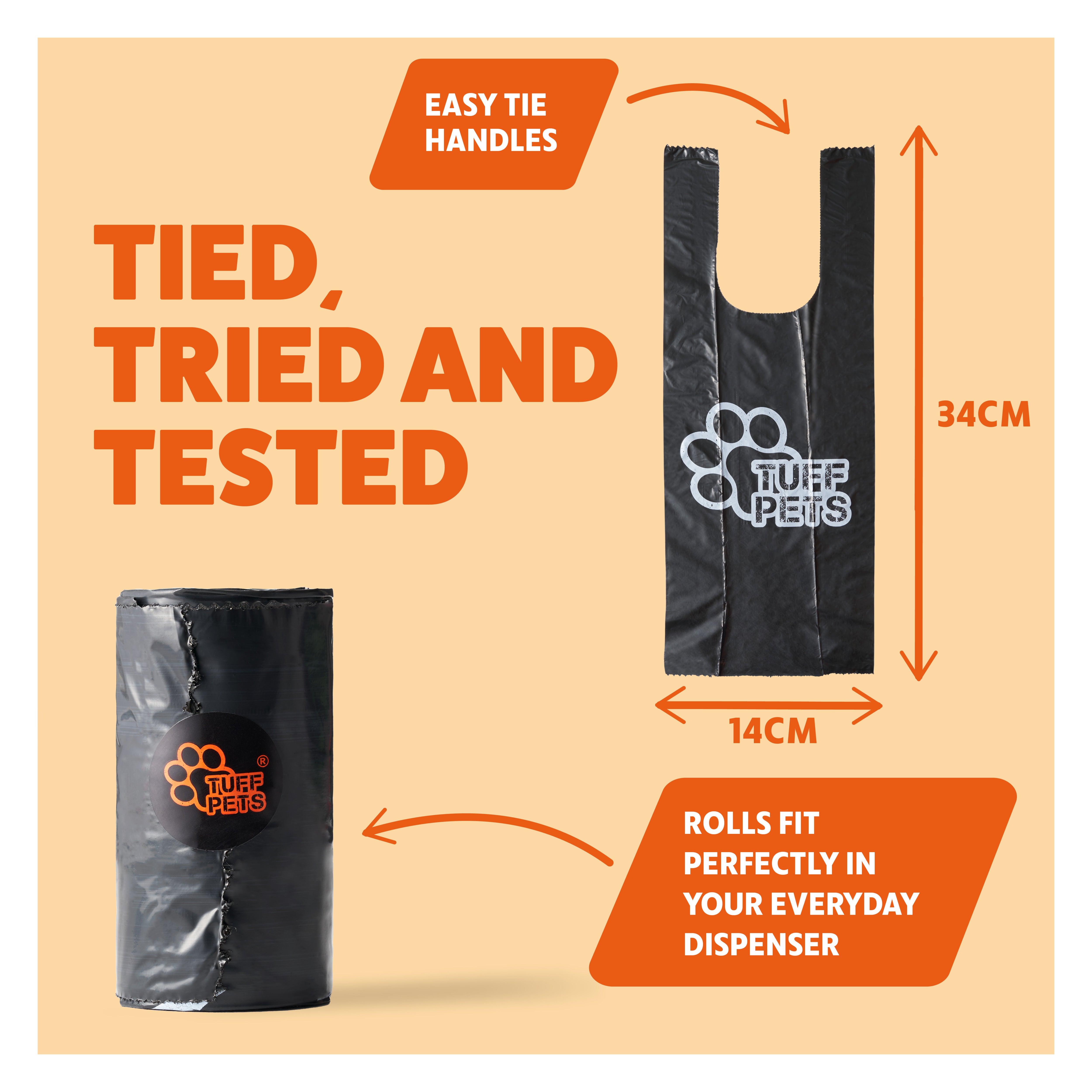
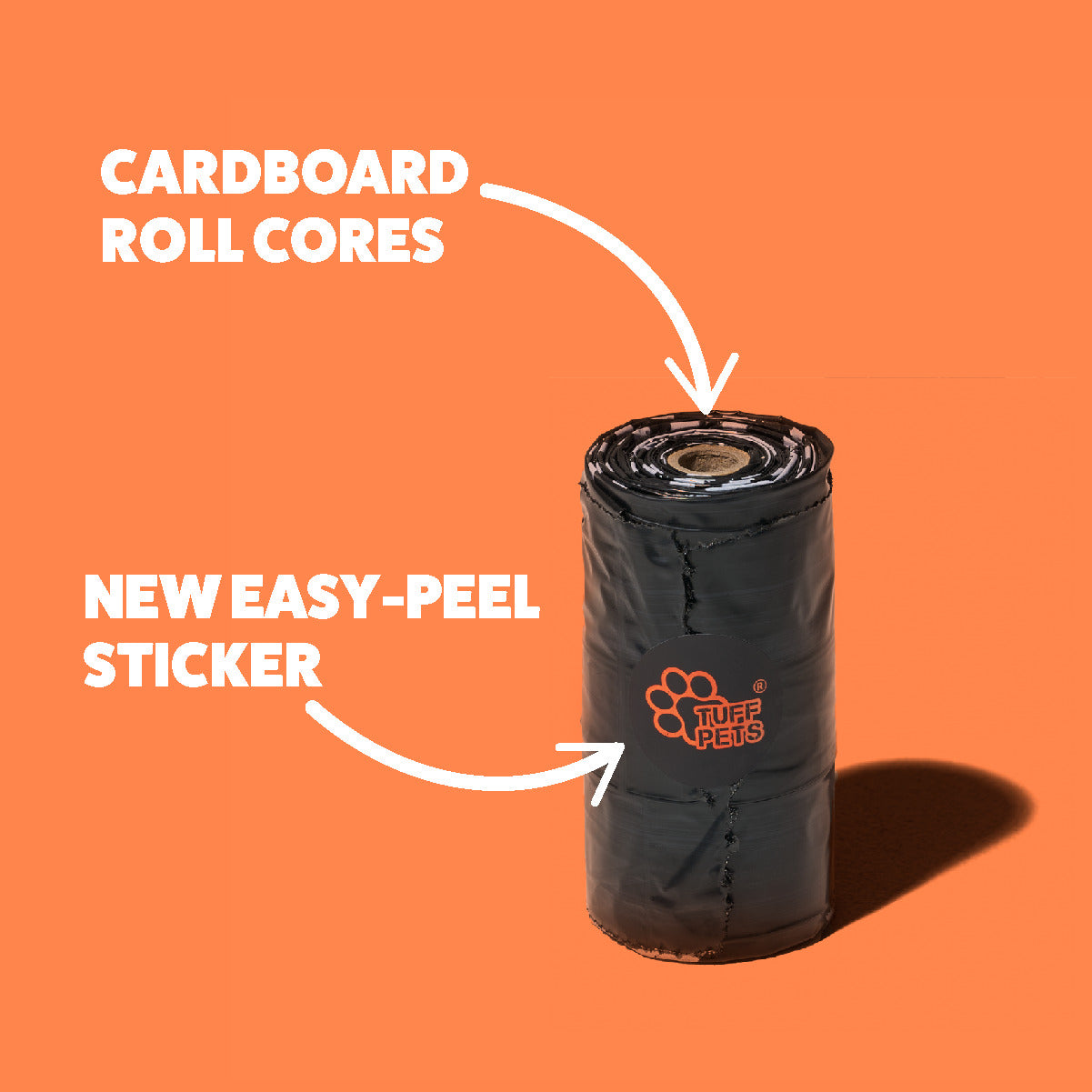
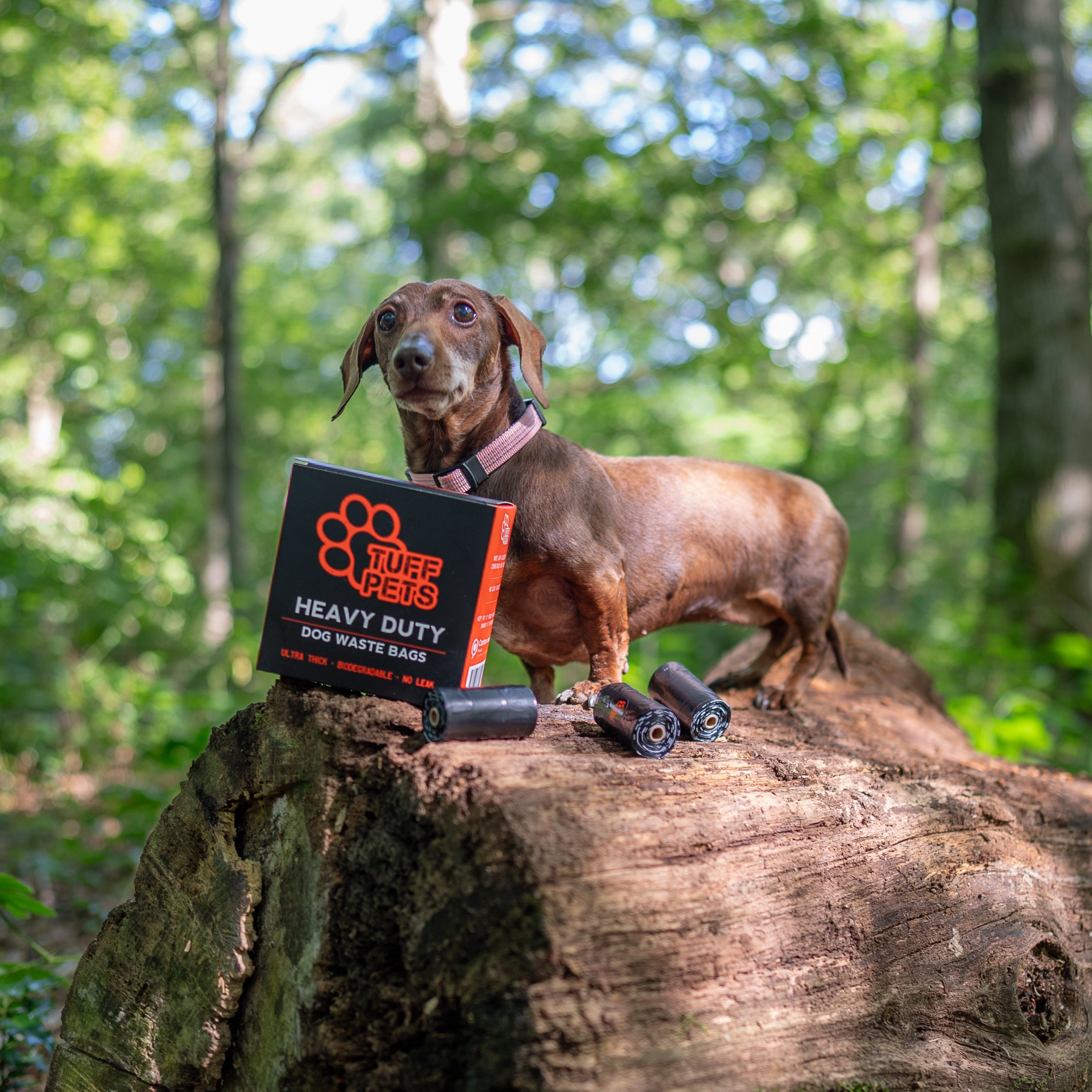



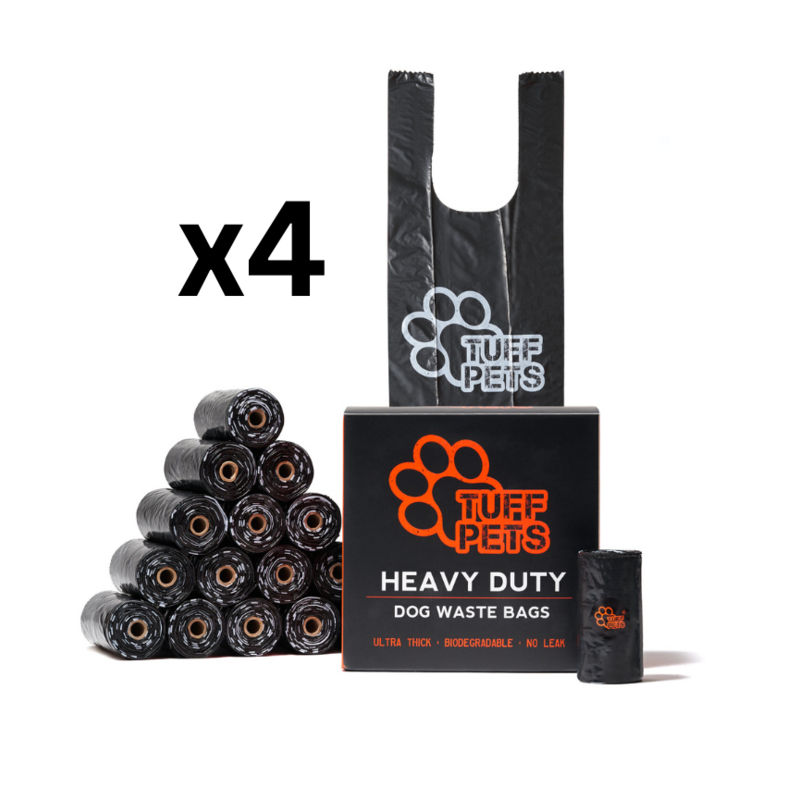
Share:
Decoding the Humping Habit in Dogs - Things Every Owner Should Know
Discover 8 Proven Methods to Soothe Your Anxious Dog